This article was last updated on April 16, 2022
Canada: ![]() Oye! Times readers Get FREE $30 to spend on Amazon, Walmart…
Oye! Times readers Get FREE $30 to spend on Amazon, Walmart…
USA: ![]() Oye! Times readers Get FREE $30 to spend on Amazon, Walmart…With America's police using deadly force to subdue their targets on what seems to be a regular basis, particularly when one looks at mainstream media reports, I wanted to examine statistics regarding police killings of civilians. While the U.S. government and its agencies have no comprehensive record of civilian deaths at the hands of those that work to protect us, there are three non-governmental sources for such data:
Oye! Times readers Get FREE $30 to spend on Amazon, Walmart…With America's police using deadly force to subdue their targets on what seems to be a regular basis, particularly when one looks at mainstream media reports, I wanted to examine statistics regarding police killings of civilians. While the U.S. government and its agencies have no comprehensive record of civilian deaths at the hands of those that work to protect us, there are three non-governmental sources for such data:
1.) The Counted – a Guardian (U.K.) newspaper project
2.) Fatal Encounters
3.) Killed By Police
According to The Counted, there have already been 16 people killed by police in the United States in the month of July 2016 alone with five victims on July 4th.
Here is a graph showing the number of Americans killed by police over the eighteen month period since January 2015:
Since January 1, 2015, United States police have been responsible (justified or not) for the killings of 1,691 civilians, an average of 94 deaths per month. So far in 2016, Los Angeles leads all U.S. cities with ten civilian deaths at the hands of the city's police department followed by Phoenix, Albuquerque and Houston at seven deaths each. Interestingly, if you look at the per capita data for 2015, Washington, D.C. has the highest per capita rate of police killings followed by Wyoming and New Mexico. Rhode Island, Connecticut and New York have the lowest per capita rates of police killings.
Here is a table from Fatal Encounters that shows the number of civilian deaths by year from 2000 to 2015 for each of the states:
Here is a map showing the same data with the darker red states having a higher death count:
According to the Fatal Encounters database, since 2000, 2,979 decedents were white, 2,170 were black, 1,386 were Hispanic, 128 were Asian and 116 were Native American and that race was unspecified in 4,594 cases.
Here are some of the victims and the circumstances surrounding their deaths at the hands of the police according to The Counted database:
An analysis of the FBI's Supplementary Homicide Report data (which, by the way, is incomplete) on fatal police shooting by ProPublica shows that, between the years of 2010 to 2012, there were 1217 deadly police shootings. ProPublica's analysis shows that blacks between the ages of 15 to 19 were killed at a rate of 31.17 per million compared to 1.47 per million for white males of the same age. In total, over the years from 1980 to 2012, American police have killed at least 12,000 civilians with most of those being killed by using a handgun along with 714 who died at the wrong end of a police-held shotgun. Note the "at least" in the previous sentence. There are 18,000 police departments in the United States; according to ProPublica, vast numbers of departments don't file police shooting reports of any kind with Florida's departments not reporting since 1997 and New York City's departments not reporting since 2007.
In sharp contrast, according to FBI statistics for 2015, 41 law enforcement officers were killed in the line of duty throughout the United States, down from 51 in 2014.
It is apparent that there is a substantial and perhaps growing divide between police and the community that they work in. Intergroup contact theory suggests that community policing which builds ties between local police departments and the communities in which they work can break down stereotypes and lead to a more palatable and positive interaction between both groups. Respect is a two-way street and when both groups develop respect for each other through greater intergroup contact, there is a much lower chance of violence.
Click HERE to read more of Glen Asher's columns
You can publish this article on your website as long as you provide a link back to this page.


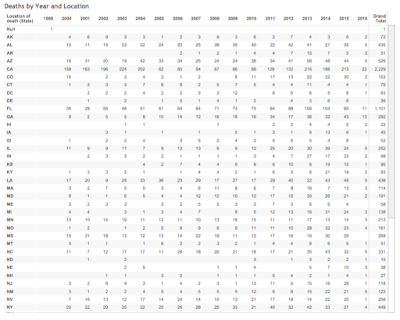

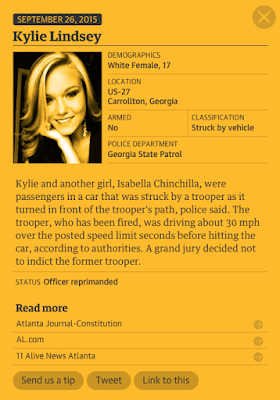
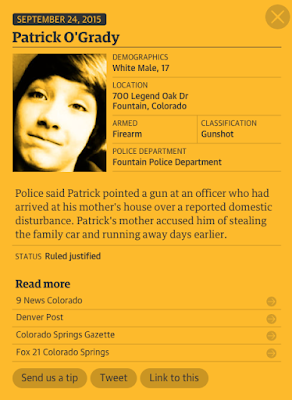
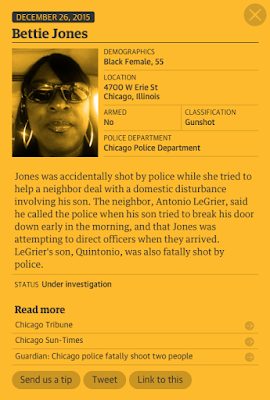
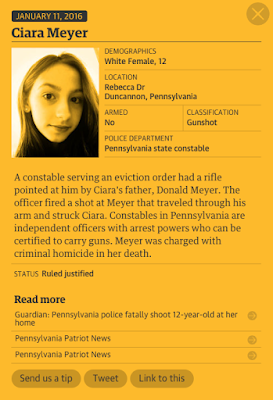

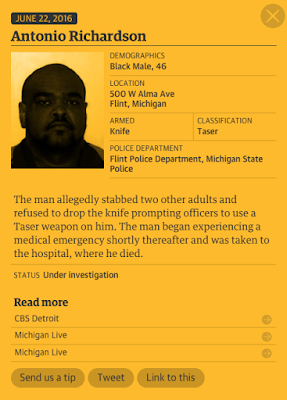
Be the first to comment